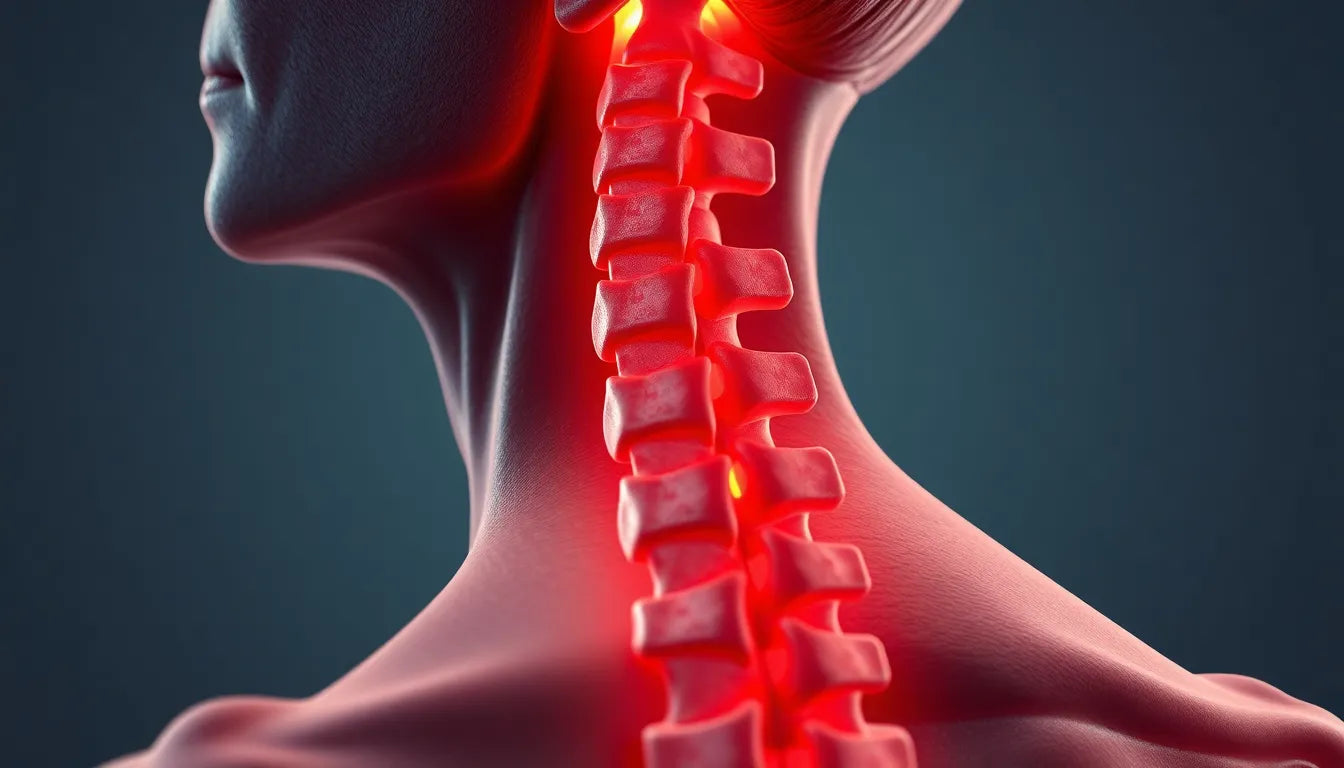In today's fast-paced world, the importance of workplace health and safety has never been more pronounced. As businesses and individuals alike become increasingly aware of the critical role that a well-designed workspace plays in maintaining health and enhancing productivity, the concept of ergonomics has emerged as a key player. Ergonomics is not just a buzzword; it is a vital discipline that transforms ordinary work environments into spaces that support both physical well-being and efficient performance. This growing awareness has fueled a demand for ergonomic solutions across various industries, from corporate offices to manufacturing plants.
understanding ergonomics
So, what exactly is ergonomics? According to the International Ergonomics Association, ergonomics is the scientific discipline that focuses on understanding the interactions between humans and other elements of a system. This field is inherently multidisciplinary, drawing from psychology, physiology, engineering, and design to create environments that cater to human needs. The primary goal of ergonomics is to optimize well-being and performance by designing workspaces that align with user requirements. This involves everything from adjusting the height of a desk to designing tools that reduce strain and fatigue.
The application of ergonomic principles is not limited to any single industry or type of workspace. Whether it's an office setting where employees spend hours at a desk or a factory floor where workers handle machinery, ergonomics plays a crucial role in enhancing comfort, safety, and efficiency. By focusing on human-centric design, ergonomics ensures that workspaces are tailored to the capabilities and limitations of their users, thereby minimizing the risk of injury and promoting long-term health.
The increasing integration of ergonomic solutions into workplace design reflects a broader recognition of their benefits. Companies are investing in ergonomic assessments and modifications, not only to improve employee health but also to boost overall productivity. As businesses strive to create environments that support their workforce, the demand for ergonomic expertise continues to grow, highlighting the discipline's significance in shaping the future of work.
the core principles of ergonomics
At the heart of ergonomics is a commitment to human-centric design. This principle ensures that workspaces are tailored to the needs and capabilities of the people who use them. By prioritizing comfort and efficiency, ergonomic design minimizes physical strain and reduces the risk of injuries, such as repetitive strain injuries and musculoskeletal disorders. This approach not only enhances individual well-being but also fosters a more productive and satisfied workforce.
Another key principle is the focus on safety and health. Ergonomics plays a crucial role in mitigating workplace hazards by designing environments that support healthy postures and movements. For instance, ergonomic interventions can significantly reduce the incidence of back pain, neck strain, and other common workplace ailments. By addressing these issues, ergonomics contributes to long-term health benefits and helps maintain a healthier workforce.
Additionally, ergonomics enhances system performance by optimizing the interaction between workers and their environments. By designing tools, equipment, and workspaces that align with human capabilities, ergonomics boosts efficiency and productivity. This holistic approach not only benefits individual employees but also improves overall organizational performance, leading to better outcomes and increased profitability.
practical applications in the workplace
Ergonomics finds practical application in various workplace settings, starting with office ergonomics. Simple adjustments, such as setting the correct desk and monitor height, ensuring proper chair support, and optimizing keyboard placement, can make a significant difference in reducing discomfort and enhancing productivity. These changes help create a more conducive work environment, where employees can focus on their tasks without being distracted by physical discomfort.
In industrial environments, ergonomics addresses the unique challenges of manufacturing and manual labor. By designing tools that reduce strain and fatigue, optimizing workflow to minimize unnecessary movements, and ensuring proper lifting techniques, ergonomics enhances safety and efficiency. These interventions not only protect workers from injuries but also contribute to smoother operations and increased output.
Real-world examples illustrate the tangible impact of ergonomic interventions. For instance, a company that implemented ergonomic assessments and modifications saw a significant reduction in workplace injuries and absenteeism. Employees reported improved comfort and job satisfaction, leading to higher productivity levels. Such case studies highlight the transformative power of ergonomics in creating healthier and more efficient workspaces.
ergonomics as a profession
Beyond its practical applications, ergonomics is also a thriving profession with diverse career opportunities. Professionals in this field work in areas such as organizational psychology, occupational health, and industrial design, focusing on creating environments that promote health and productivity. These experts play a critical role in helping organizations implement effective ergonomic solutions and improve workplace conditions.
Professional organizations, such as the International Ergonomics Association, set standards and promote research in the field of ergonomics. These bodies provide valuable resources and support for professionals, ensuring that ergonomic practices continue to evolve and meet the needs of modern workplaces. As the demand for ergonomic expertise grows, so does the importance of these organizations in advancing the field and fostering innovation.
Benefits of ergonomic workspaces
Ergonomic workspaces offer numerous benefits that extend beyond mere comfort. One of the most significant advantages is the improvement in overall health. By reducing strain on the body, ergonomic designs help alleviate common issues such as back pain, neck strain, and carpal tunnel syndrome. This leads to a decrease in musculoskeletal disorders, which are prevalent in non-ergonomic environments. Furthermore, the mental well-being of employees is enhanced as they experience less discomfort and fatigue, contributing to a more positive work atmosphere.
Another critical advantage of ergonomics is the boost in productivity. When employees work in a space designed with their needs in mind, they can focus better and work more efficiently. Ergonomic setups reduce unnecessary movements and awkward postures, allowing employees to perform tasks with greater ease and speed. This not only enhances individual output but also contributes to overall organizational success by fostering a more engaged and motivated workforce.
For employers, investing in ergonomic solutions can lead to substantial cost savings. By minimizing workplace injuries and health-related absenteeism, companies can reduce their healthcare expenses and maintain a more consistent workforce. Additionally, the increased productivity associated with ergonomic workspaces translates into higher profitability, making ergonomics a sound investment for businesses looking to improve their bottom line.
Visual aids and tools
To effectively communicate the principles of ergonomics, visual aids such as infographics can be invaluable. These tools can illustrate the differences between good and bad posture, demonstrate proper desk setups, and highlight key ergonomic adjustments. By providing clear, visual examples, individuals and businesses can better understand and implement ergonomic practices in their workspaces.
In addition to infographics, checklists and guides are practical resources for assessing and improving ergonomic conditions. These tools can offer step-by-step instructions for evaluating workspace elements such as chair height, monitor positioning, and keyboard alignment. By following these guidelines, individuals can create a more ergonomic environment that supports their health and productivity.
Frequently Asked Questions
What is ergonomics in simple terms?
Ergonomics is the science of designing workspaces and products to fit the user's needs, promoting comfort and efficiency.
How does ergonomics benefit employees?
Ergonomics helps reduce workplace injuries, alleviate body pain, and improve overall health and productivity.
What are some common ergonomic adjustments in an office?
Common adjustments include proper chair support, monitor height alignment, and ergonomic keyboard and mouse positioning.
Can ergonomics be applied outside of office settings?
Yes, ergonomics is applicable in various environments, including industrial, healthcare, and home settings.
How do I know if my workspace is ergonomic?
Use ergonomic checklists or consult with an ergonomics professional to evaluate and adjust your workspace for optimal comfort and efficiency.


















